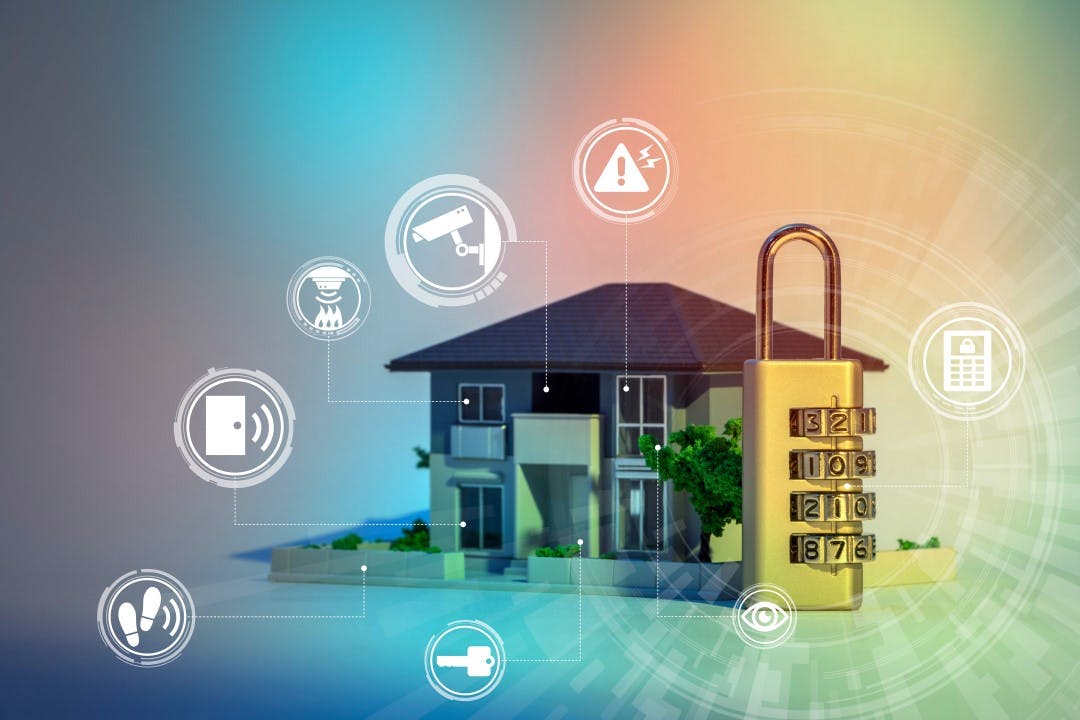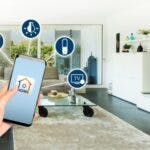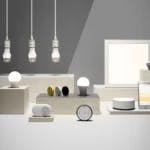Introduction
Smart home technology has revolutionized the way we live our lives, making it easier and more convenient than ever to control and automate various aspects of our homes.
One of the most popular applications of smart home technology is in the realm of home security, with smart home security systems offering a level of convenience and peace of mind that traditional security systems simply can’t match.
But while smart home security systems are certainly a powerful tool in their own right, they are even more effective when integrated with other smart home devices.
By creating a fully integrated smart home ecosystem with maximum security, you can take advantage of a range of benefits and features that go beyond what any single device can offer.
In this article, we’ll explore the benefits of integrating smart home security systems with other smart home devices, as well as the key considerations and best practices for doing so effectively.
We’ll also provide examples of how different types of smart home devices can be integrated for maximum security and convenience.
So whether you’re just getting started with smart home technology or you’re a seasoned pro, read on to learn how to create a fully integrated smart home ecosystem with maximum security.
Benefits of integration
Integrating your smart home security system with other devices offers a range of benefits that go beyond what any single device can offer. Here are some of the key benefits of integration:
- Improved security and convenience: By integrating your security system with other devices, you can create a more robust security network that covers more areas of your home. This can give you greater peace of mind and make it easier to monitor and control your home security.
- Increased automation and control: Integration allows you to automate and control different aspects of your home from a single platform, making it easier and more convenient to manage your home environment.
- Enhanced functionality and features: Integrating different smart home devices can unlock new features and functionalities that you wouldn’t have access to with a standalone device. For example, you can set your smart lights to turn on automatically when your security system detects motion, or have your smart thermostat adjust the temperature based on your security system’s status.
Overall, integrating your smart home security system with other devices can help you create a more complete, cohesive, and effective home security solution. In the next section, we’ll explore some of the key considerations to keep in mind when integrating your devices.
Key considerations for integration
Before integrating your smart home security system with other devices, there are some key considerations you should keep in mind:
- Compatibility of devices and systems: Not all smart home devices are compatible with each other or with your security system. Make sure to check for compatibility before making a purchase.
- Security risks and privacy concerns: Integrating your devices can also increase your risk of security breaches or privacy violations, so make sure to follow best practices for securing your network and devices.
- Scalability and expandability: Consider whether the devices you choose can be easily scaled up or expanded as your needs change over time.
- User interface and experience: Make sure the user interface for your integrated devices is intuitive and easy to use, so that you can take full advantage of all the features and functionalities.
By keeping these considerations in mind, you can ensure that your integrated smart home security system is effective, secure, and easy to use. In the next section, we’ll explore some best practices for integrating your devices.
Best practices for integration
Here are some best practices for integrating your smart home security system with other devices:
- Use a central hub or controller: A central hub or controller can simplify the integration process and make it easier to manage your devices from a single platform.
- Choose devices and systems from the same manufacturer or ecosystem: Using devices from the same manufacturer or ecosystem can help ensure compatibility and ease of use.
- Follow best practices for securing your network and devices: This includes using strong passwords, updating firmware and software regularly, and enabling two-factor authentication whenever possible.
- Regularly update firmware and software: Regular updates can help improve security and functionality.
- Train users and set up access controls: Make sure that all users are properly trained on how to use the integrated system, and set up access controls to limit who can access sensitive data or control certain devices.
By following these best practices, you can ensure that your integrated smart home security system is effective, secure, and easy to use. In the next section, we’ll provide examples of how different types of smart home devices can be integrated for maximum security and convenience.
Examples of integration
There are many different types of smart home devices that can be integrated with your security system for maximum security and convenience. Here are some examples:
- Smart locks and doorbells: You can integrate your smart lock or doorbell with your security system to receive alerts when someone enters or exits your home. You can also remotely lock or unlock your door or view live footage from your doorbell camera.
- Security cameras and sensors: Integrating your security cameras and sensors with your security system allows you to monitor your home from a single platform. You can receive alerts when a sensor is triggered or view live footage from your cameras.
- Smart lighting and thermostats: Integrating your smart lighting and thermostats with your security system allows you to automate your home environment based on your security system’s status. For example, you can have your lights turn on automatically when your security system detects motion or have your thermostat adjust the temperature based on whether you’re home or away.
- Voice assistants and home automation platforms: Integrating your security system with a voice assistant or home automation platform can allow you to control your security system using voice commands or automate certain tasks based on your security system’s status.
By integrating these different types of smart home devices, you can create a fully integrated smart home ecosystem with maximum security and convenience.
So whether you’re looking to improve the security of your home, automate your daily routine, or simply make your life easier, integrating your devices is a great way to take full advantage of everything that smart home technology has to offer.
Conclusion
Integrating your smart home security system with other smart home devices can unlock a range of benefits, from improved security and convenience to increased automation and control. However, before integrating your devices, it’s important to consider factors such as compatibility, security risks, scalability, and user experience.
By following best practices such as using a central hub, choosing devices from the same ecosystem, and regularly updating firmware and software, you can create an integrated smart home system that is effective, secure, and easy to use.
Whether you’re integrating smart locks and doorbells, security cameras and sensors, smart lighting and thermostats, or voice assistants and home automation platforms, the possibilities for creating a fully integrated smart home ecosystem with maximum security are endless.
So why wait? Start integrating your devices today and take your smart home security to the next level!
Indholdsfortegnelse





